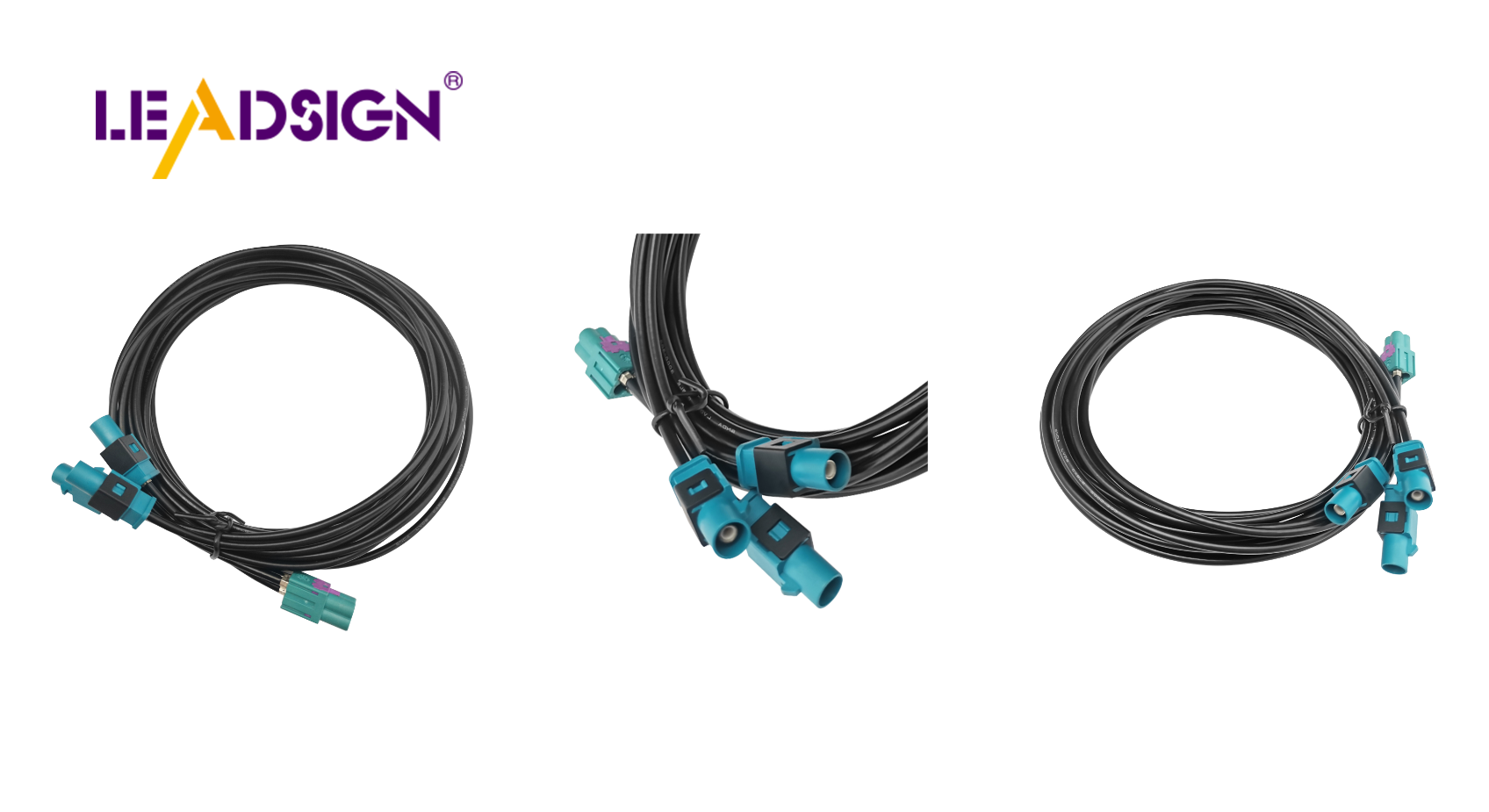How to Identify Automotive Wiring Connector Types for Your Car

Understanding wire connectors automotive type is crucial for your car's safety. These connectors play a vital role in various car systems, ensuring that electrical components function properly. Wire connectors automotive type are essential for connecting elements such as engine controls, radios, and lights. The market for these connectors is expanding at a rate of 5.8% annually, highlighting their increasing importance. Familiarizing yourself with them can help prevent issues, as factors like pins and weather conditions can affect their performance. By learning to identify wire connectors automotive type, you can enhance your car's longevity and efficiency.
Understanding Car Wire Connectors
Knowing car wire connectors is important for your car's electronics. These connectors help parts of your car talk to each other. Let's learn about some common and special types of connectors.
Common Connector Types
Plugs and Sockets
Plugs and sockets are basic car wire connectors. Plugs join wires to power or other parts. Sockets hold these plugs to complete the circuit. This setup keeps things like lights and radios working well.
Other Simple Connectors
Besides plugs, there are pin/pigtail and blade connectors. Pin/pigtail connectors join wires easily, often in engines. Blade connectors are flat and strong, used in power systems. They help your car run smoothly by linking different parts.
Special Connector Types
Bullet Connectors
Bullet connectors are used in car audio systems. They can be unplugged easily, great for changes. Their round shape fits snugly, ensuring they work well.
Screw-Type Connectors
Screw-type connectors use screws to keep wires tight. They're found where there's a lot of shaking, like under the hood. They provide a strong connection needed for good performance.
Spring Clamp Connectors
Spring clamp connectors use springs to grip wires firmly. They're easy to use without tools, perfect for quick connections like lights.
IDC Connectors
IDC (Insulation-Displacement Connection) lets you connect wires without peeling off insulation first. Just push the wire in, and it connects inside the IDC connector quickly.
Knowing these wire types helps fix your car's electric problems better. By learning them, you make sure all parts work together safely and efficiently.
Connector Features
Knowing about wire connectors is key for your car's electronics. These connector features help you pick the right ones.
Pin Count
Why It Matters
Counting pins helps know a connector's job. Each pin carries signals, showing what it does. Look at a connector and count the pins. This stops mistakes and makes sure it fits right.
Different Kinds and Jobs
Connectors have different pin numbers for various jobs. Few pins might be for lights; more pins could be for engines. Knowing this helps you choose the best one, keeping things working well.
Size and Protection
How It Affects Use
Connector size changes how they work in cars. Big ones are strong, good for power systems. Small ones fit tight spaces better. Pick based on what your car needs.
Sealed or Not?
Sealed connectors keep out water and dirt, great for tough spots. Unsealed ones are easy to use but less protective. Choose based on where your car goes.
By learning these features, you can pick the best connectors for your car’s needs.
Performance Standards and Choosing Connectors
Knowing performance rules and picking factors is key for car wire connectors. These rules make sure the connectors work well in your car's electric parts.
Performance Rules
USCAR-20 Rule
The USCAR-20 rule sets the bar for car connectors. It makes sure they are strong and last long. When picking car wire connectors, find ones that follow this rule. This means they can handle tough car conditions.
Other Important Rules
Besides USCAR-20, other rules matter too. ISO and SAE rules check different connector parts. Picking connectors that follow these keeps your car's electric parts safe.
Things to Think About When Picking Connectors
Current Limit
Current limit is important when choosing car wire connectors. Each connector has a current limit showing how much power it can take safely. Pick ones with a limit that matches or beats your car's needs to stop overheating.
Weather Conditions
Weather affects how well car wire connectors work. Think about where they'll be used in your car. If they'll face water, dirt, or heat, choose sealed ones for better protection. In safer spots, unsealed might be okay.
By knowing these rules and factors, you pick the right wire connectors for your car. This helps keep your vehicle's electric parts working well and safe.
This guide shows how to spot different car wire connectors. Knowing these helps your car's electric parts work well. Here's a simple checklist for you:
Find Connector Type: See if it's a plug, socket, or special kind.
Count Pins: Look at pin numbers to know its job.
Check Size and Seal: Pick based on where it goes and space.
"Finding your car's electrical connectors can be hard. But many happy customers find it very easy."
Use this knowledge in real life. Make your car better by picking the right connectors.
See Also
Understanding HSD Connectors in the Auto Sector
Navigating Ford Fakra Connections
Decoding Fakra Connections in Honda Cars

